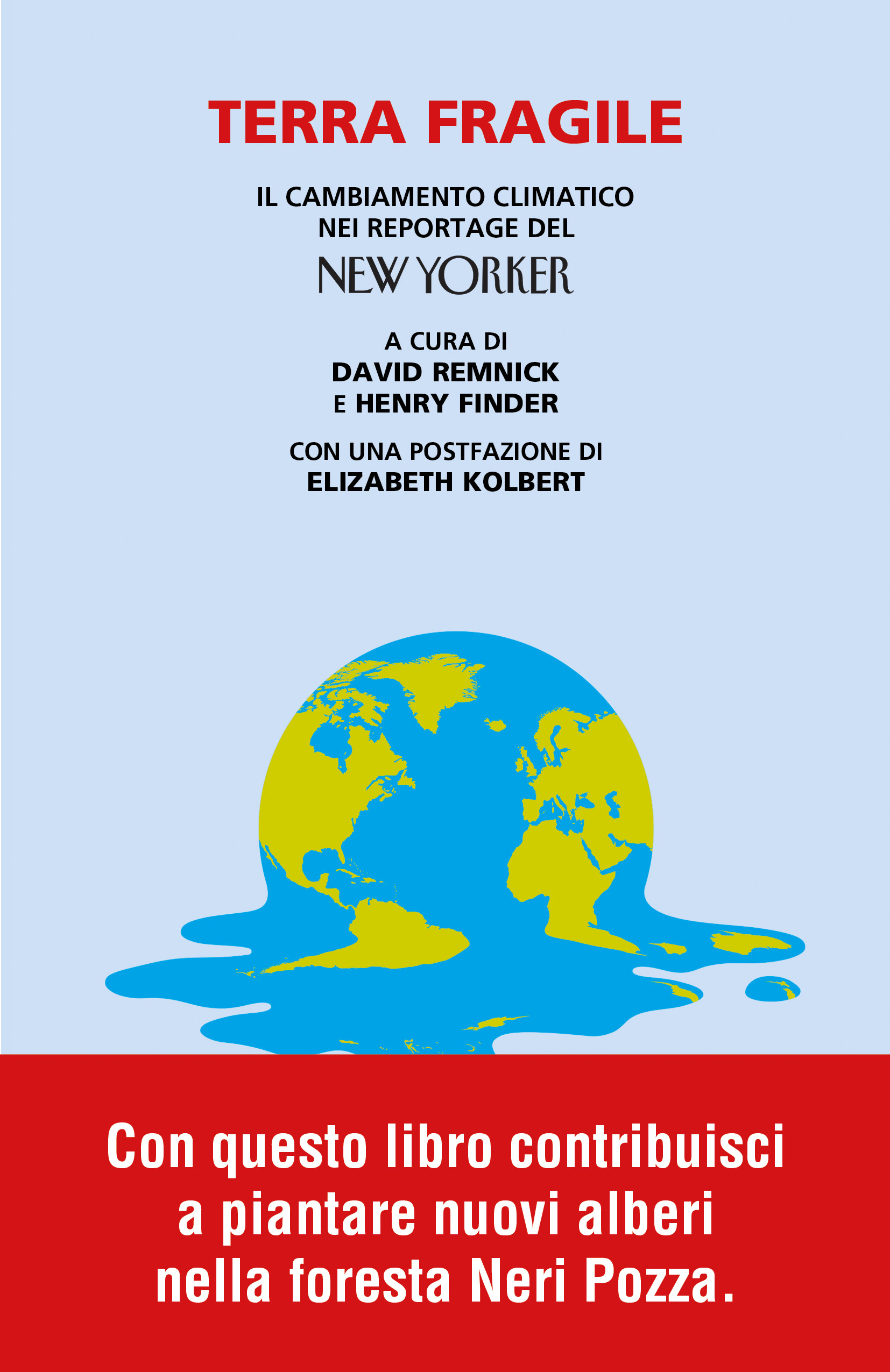What do you think?
Rate this book


512 pages, Paperback
First published October 6, 2020
Exactly what a humbler world would look like I cannot say. We are used to planning utopias, worlds engineered for human happiness. But this would be something different—an “atopia,” perhaps, where the integrity of the planet, and not our desires, would be the engine. If our thinking changed, the details would follow of their own accord.